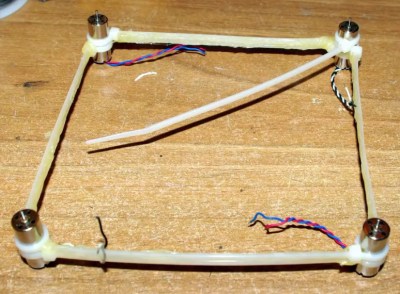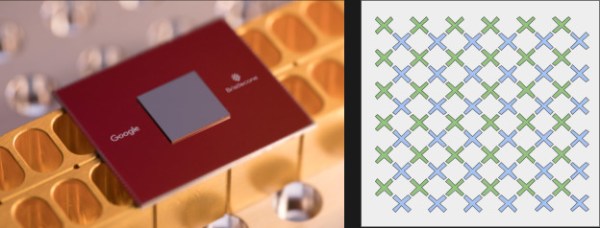If you consider yourself a good cook, you may or may not know how to make a souffle or baklava. But there are certain things you probably do know how to do that form the basis of many recipes. For example, you can probably boil water, crack an egg, and brown meat. With Linux or Unix systems, you can make the same observation. You might not know how to set up a Wayland server or write a kernel module. But there are certain core skills like file manipulation and editing that will serve you no matter what you do. One of the pervasive skills that often gives people trouble is regular expressions. Many programs use these as a way to specify search patterns, usually in text strings such as files.
If you aren’t comfortable with regular expressions, that’s easy to fix. They aren’t that hard to learn and there are some great tools to help you. Many tools use regular expressions and the core syntax is the same. The source of confusion is that the details beyond core syntax have variations.
Let’s look at the foundation you need to understand regular expression well.















